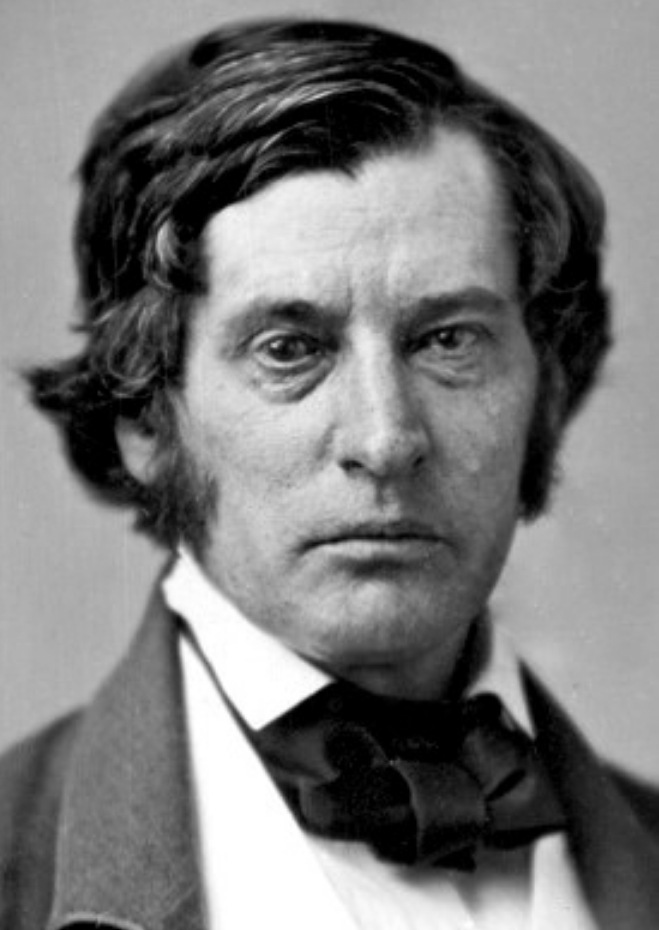Facts about Charles Sumner
Charles Sumner Biography
Charles Sumner was a U.S. senator from Massachusetts (1851-74) who was active in the movement to abolish slavery and to give equal rights to Black Americans before and after the Civil War. Yet he’s remembered mostly as the senator who was beaten on the floor of the Senate by a congressman from South Carolina.
Charles Sumner was one of the most powerful members of the Radical Republicans, whose insistence on immediate equal rights for Blacks (and punitive measures against slaveowners) caused him to clash with presidents Abraham Lincoln, Andrew Johnson and Ulysses Grant.
In 1856, Charles Sumner read on the Senate floor a hot-tempered speech, “The Crime Against Kansas,” in which he condemned his opponents on the issue, including South Carolina’s Senator Andrew P. Butler. Two days later Preston Brooks, Butler’s nephew and a Congressman from South Carolina, entered the Senate chamber and beat Sumner unconscious with a cane.
Preston Brooks was a hero to his South Carolina constituents and was re-elected; Charles Sumner, who was carried from the floor bleeding and took three years to recover from the beating, was a martyr to his constituents in Massachusetts and was re-elected the next year (and again for two more terms after that). Five years after the attack, in 1861, the American Civil War began.
Charles Sumner was also one of the founders of the Free Soil party in 1848, and was first elected to the Senate as a member of that party in 1851. He was reelected as a Republican in 1857, 1863, and 1869. In all, Sumner served in the U.S. Senate for nearly 23 years: from April 24, 1851 until his death on March 11, 1874.
Extra credit
Charles Sumner attended Boston Latin School as a boy. He then graduated from Harvard University in 1830 and from Harvard Law School in 1833. He also lectured at Harvard Law School from 1836-1837 while practicing law in Boston.

